The cardiovascular system

Basic Components of All Circulatory Systems
- A fluid, blood, that serves as a medium of transport
- A system of channels, or vessels, that conduct the blood throughout the body
- A pump, the heart, that keeps the blood circulating.
- In closed systems, each body cell has a direct blood vessel connection

Functions
Transport of :
- oxygen from lungs to tissues
- carbon dioxide from tissues to lungs
- nutrients from digestive system to all body cells
- waste products from all body cells to the liver, then kidney
Distribution of hormones from gland to target organ
Regulation of body temperature by adjustments in blood flow
Prevention of blood loss by means of clotting
Protection of body from microbes by circulating white blood cells and antibodies

The vertebrate heart
Two distinctly different chambers:
1) atrium
thin walls and very elastic
designed to collect blood from the body
2) ventricle
thick walls and very muscular
designed to pump blood to the body

Blood vessels
There are 3 types of blood vessels:
Arteries (and smaller arterioles)
Capillaries
Veins (and smaller venules)

ACV
Blood moves from Arteries to Capillaries to Veins in a continuous cycle.
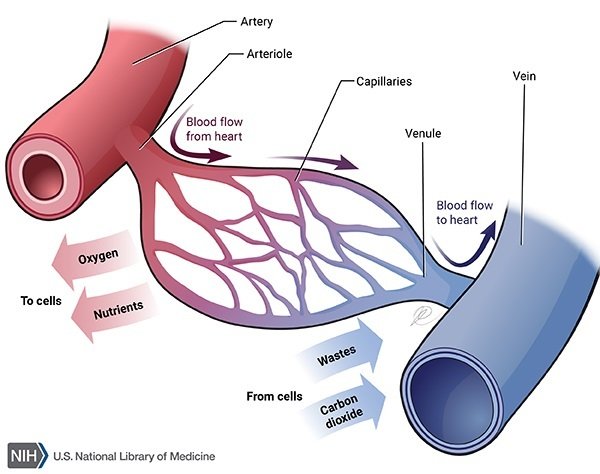
Arteries
- Carry blood under pressure away from the heart towards the capillaries
- Middle tissue layer of arteries is thick smooth muscle
- Smooth muscle contractions regulate blood flow and increases blood pressure
- Relaxation of arteries and arterioles decreases blood pressure
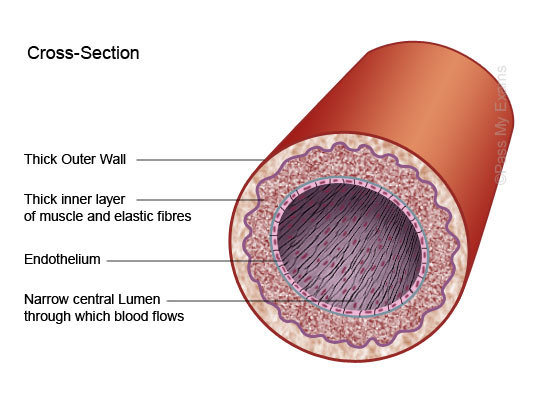
Capillaries
Capillaries have cell walls one cell thick - easy diffusion of molecules between blood in capillaries and cells in body.
While individual capillaries are small, capillaries form large capillary beds in tissues very large total area which slows down blood flow increases the rate of diffusion
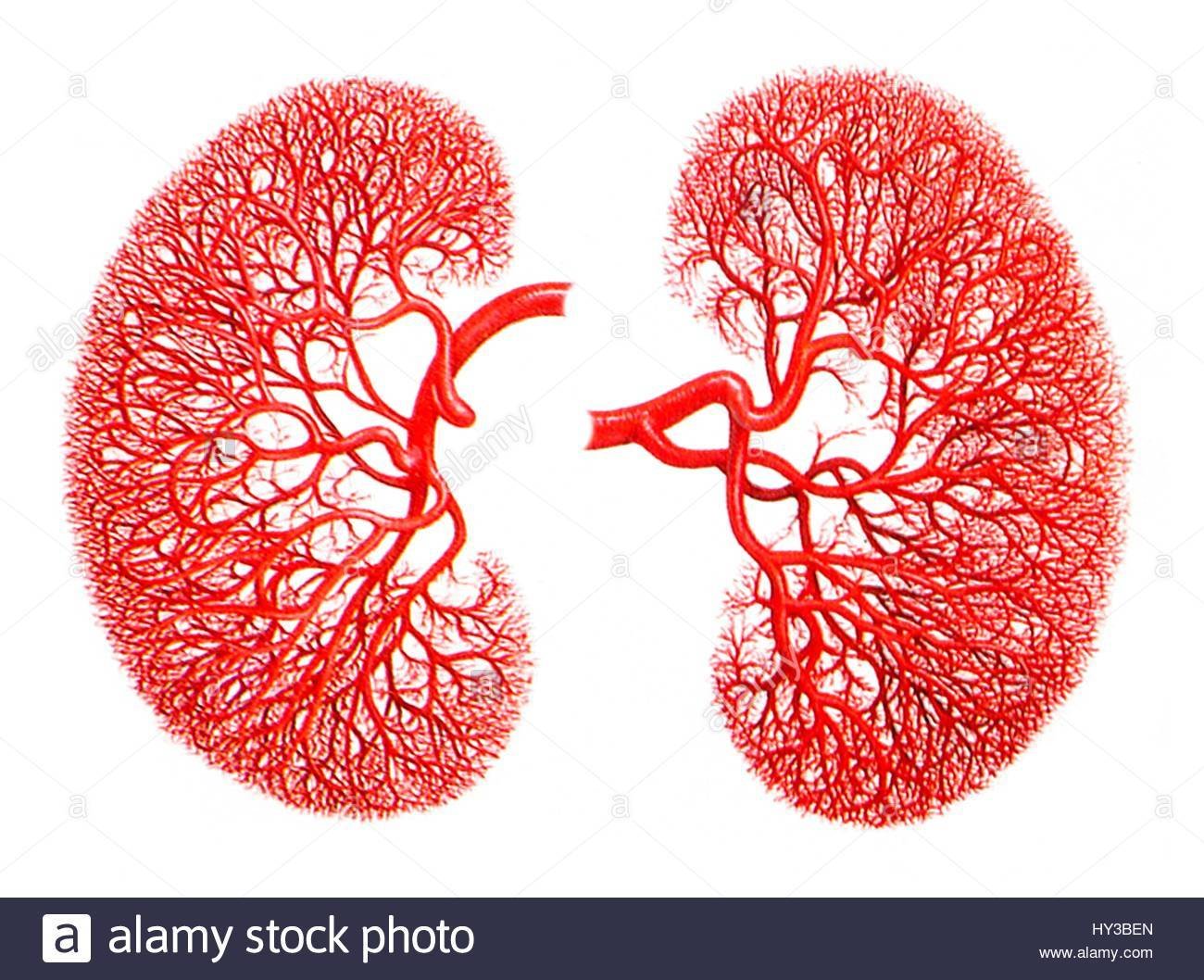
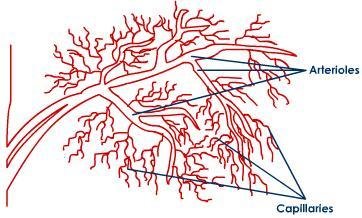
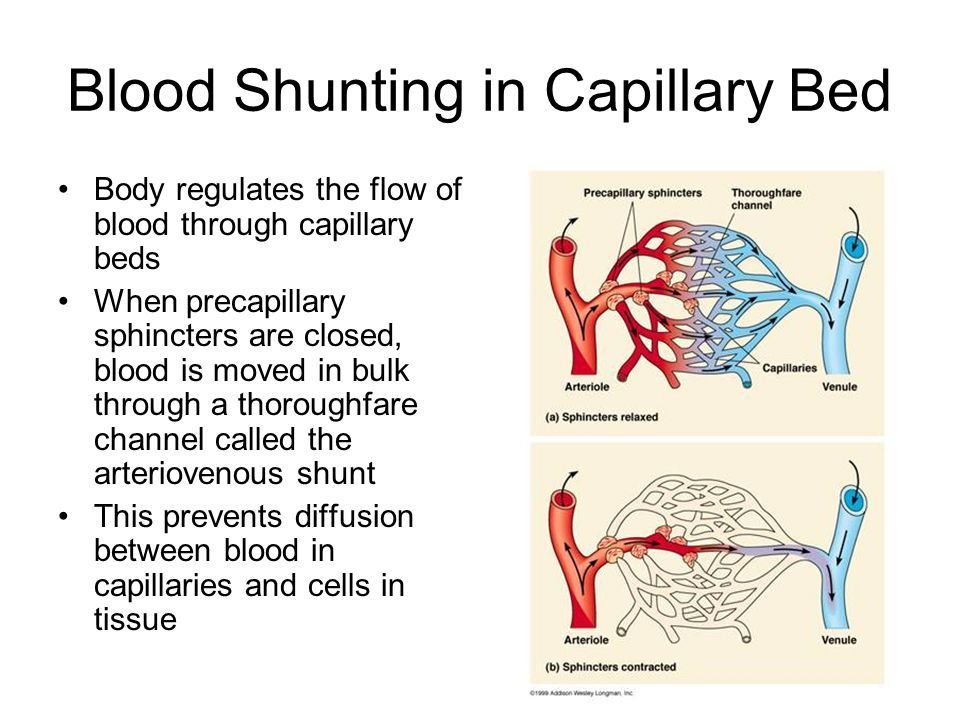

Example: After eating, precapillary sphincters in digestive system capillary beds are open while precapillary sphincters in muscle capillary beds are closed priority is for the blood to pick up the nutrient molecules from digestive system.

Veins & Veinules
Veins (and smaller venules) drain blood from the capillaries and return it to the heart under low blood pressure
Veins have the same tissue layers as arteries, but have less smooth muscle in the middle layer walls of a vein are thin in comparison to arteries.
Theoretically, because veins are thin walled and blood pressure is low in veins, blood should tend to move slowly through the veins. Actually, the flow of blood in the veins increases due to the presence of one-way valves in veins and skeletal muscle contraction around veins

Veins
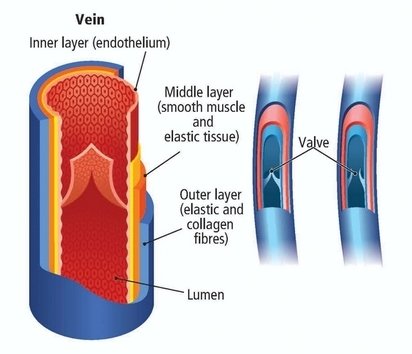
Comparision

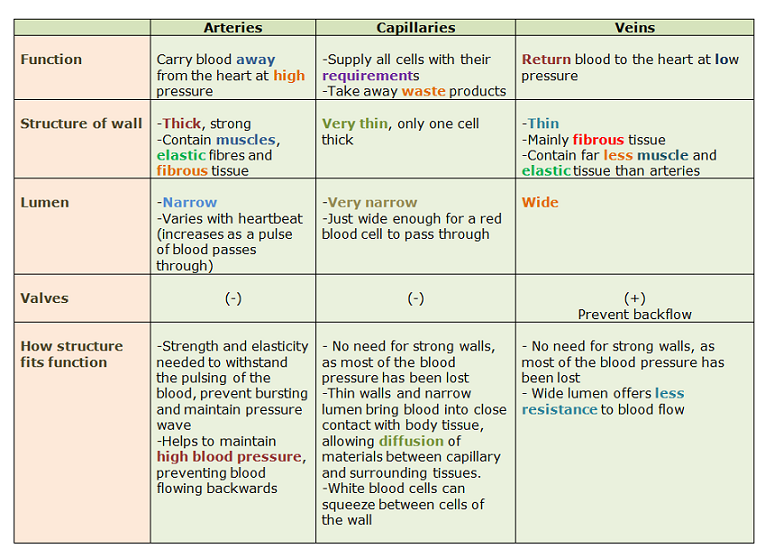
The heart
- The human heart weighs between 200 to 425 grams and is a little larger than the size of your fist
- The heart is located between your lungs in the middle of your chest, behind and slightly to the left of your sternum
- The apex of the heart is oriented to the left side of the body

The heart
A double-layered membrane sac called the pericardium surrounds the heart
The outer parietal pericardium surrounds the roots of your heart's major blood vessels and is attached by ligaments to your spine, diaphragm, and other parts of your body
The inner visceral pericardium is attached to the heart muscle
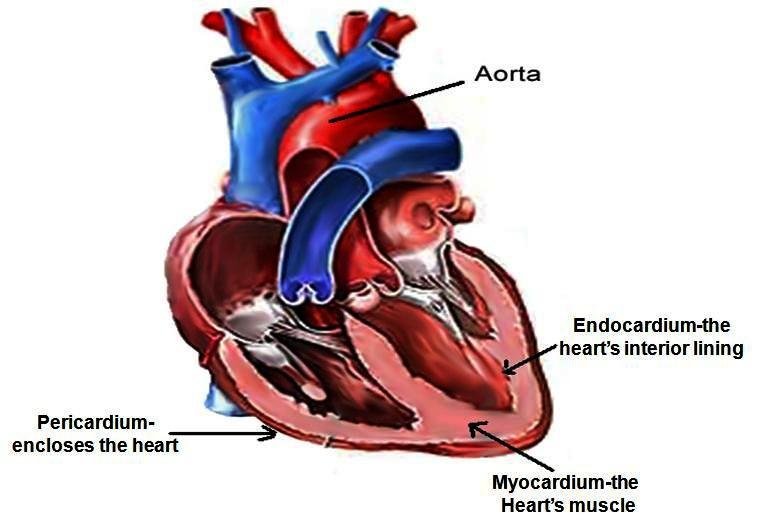
Myocardium
The major portion of the heart is composed of cardiac muscle cells, collectively called the myocardium.
Myocardium has a "stringy" look compared to skeletal muscle.
Striated skeletal muscle cells are large and lie next to each other in more or less parallel bundles

The septum
A wall of muscle called the septum separates the left and right atria and the left and right ventricles the right side of the heart is a pump for pulmonary circulation and the left side of the heart is a pump for systemic circulation
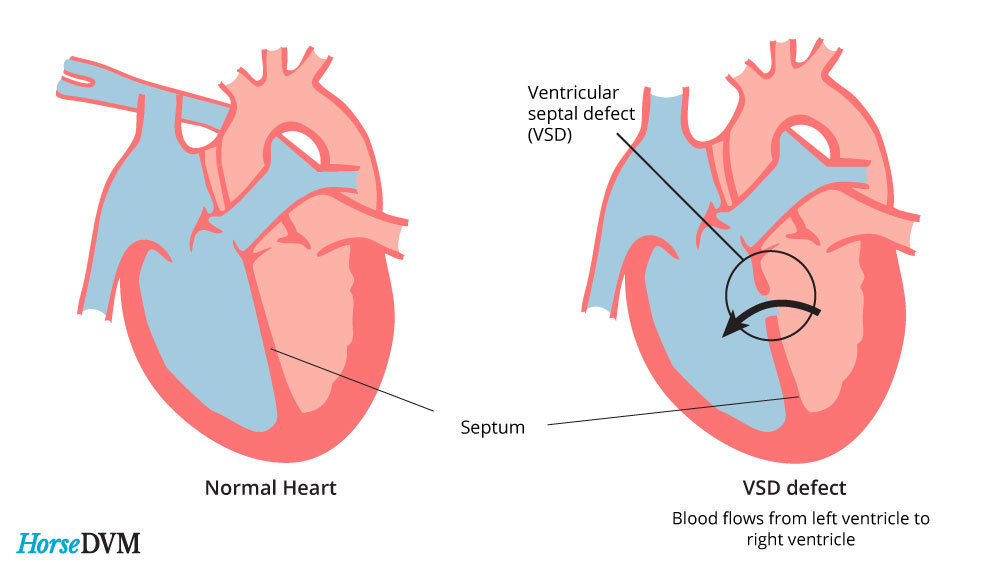
- The right atrium receives deoxygenated blood from the body via the superior and inferior vena cava
- Deoxygenated blood flows from the right atrium, across the atrioventricular tricuspid valve, and into the right ventricle
- The right ventricle contracts and pumps deoxygenated blood to the lungs via the pulmonary artery
- The semilunar pulmonary valve prevents back flow of the blood into the right ventricle

Blood Flow

Blood flow: Oxygenated blood
- Oxygenated blood returns to the heart from the lungs via four pulmonary veins that enter the left atrium.
- Oxygenated blood flows from the left atrium, across the atrioventricular mitral (or bicuspid) valve, and into the left ventricle
- The left ventricle has a very thick muscular wall so that it can generate high pressures during contraction
- Oxygenated blood from the left ventricle is pushed across the semilunar aortic valve and into the aorta for transport to the body

Two distinct loops - figure of 8
Right loop= pulmonary circulation
Left loop = systemic circulation
Deoxygenated blood is always kept separate from oxygenated blood
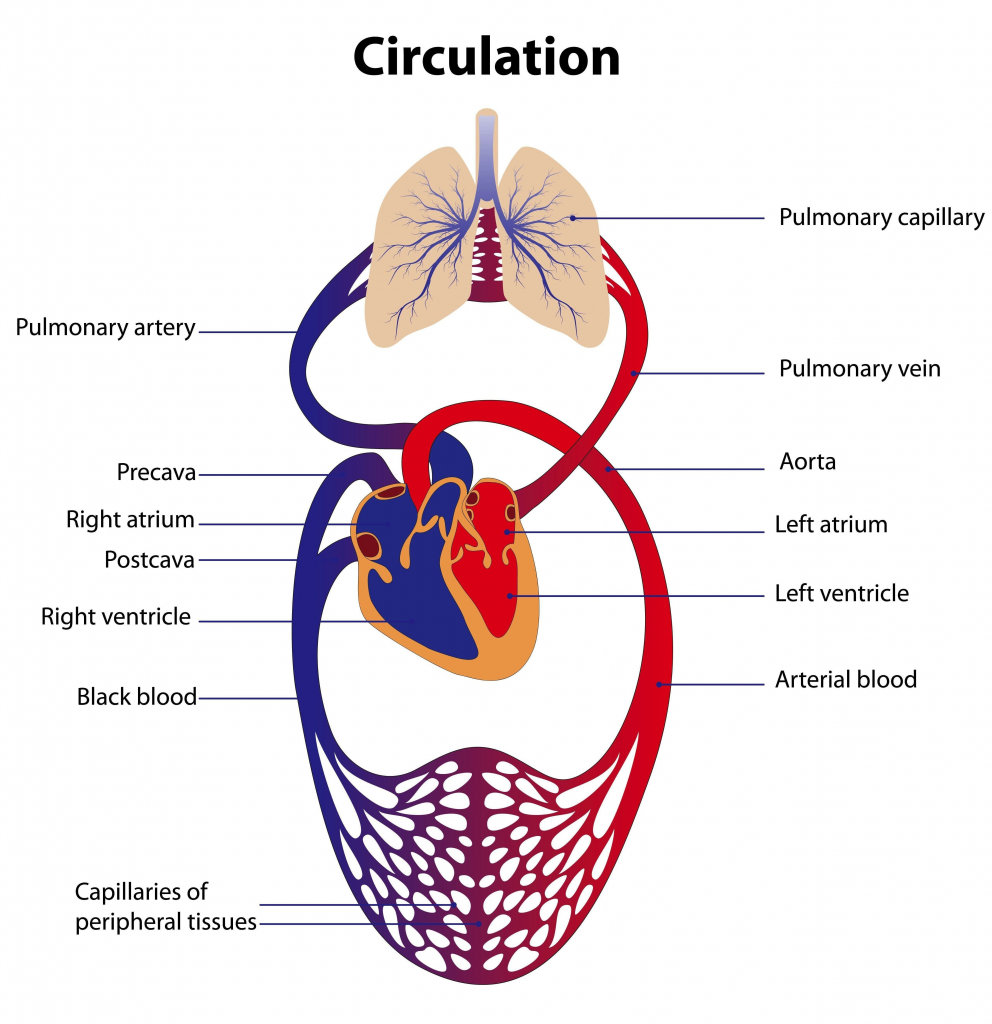
What causes your pulse?
When surgically removed from the body, the heart will continue to beat for several hours provided it is supplied with the appropriate nutrients and salts
This is possible because the heart possesses its own specialized conduction system and can beat independently even after being separated from its nerve supply

The heartbeat - Generates its own electricity
There are five basic components to the heart's intrinsic conduction system
(1) sinoatrial node (SA node): Initiate each beat of the heart ( = pacemaker of the heart).The excitation impulse occurs every 0.85 seconds approximately 72 times per minute.
(2) inter-nodal fiber bundle
(3) atrioventricular node (AV node): short delay, waits for the atria to fully contract and empty its blood into the ventricule.
(4) atrioventricular bundle
(5) Purkinje fibers: Permit a very rapid and simultaneous distribution of the nerve impulse throughout the muscular walls of both ventricles. Contraction of the ventricles.

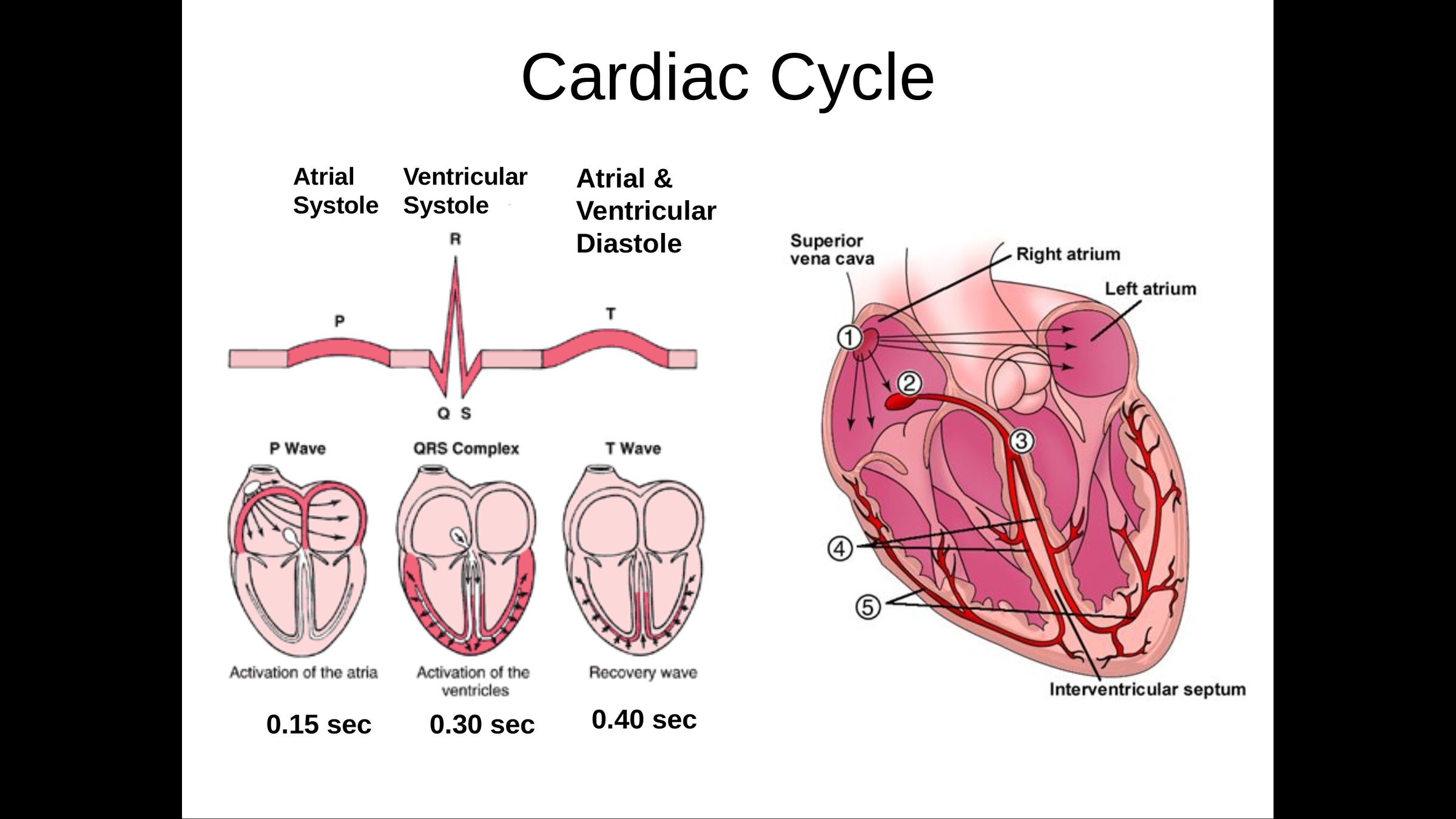
Systolic vs Diastolic pressures
Systolic pressure = the highest blood pressure in the arteries is reached when the ventricles contract (120)
Diastolic pressure = the lowest blood pressure in the arteries is reached when the ventricles are relaxed (80)
Copy table p.309 ''The cardiac cycle''.
Draw Figure 10.14 p.310 - The ECG (b) and explain the P-QRS complex-T points.
Read p.310 : Intrinsic and Extrinsic control of heart beat + The ECG. Question 1 to 4 p.311

Blood composition
PLASMA - 55%
LEUKOCYTES + PLATELETS Less than 1%
ERYTHROCYTES 45%
Plasma: H2O, proteins, salts, O2, CO2, lipids, carbohydrates, amino acids, urea, hormones.
Leuko: Soldiers in charge of fighting invasive pathogens or react to allergens.
Erythro: Red blood cells (no nuclei therefore only lives 120 days) containing hemoglobins - the protein that transports oxygen with the help of iron. (figure 10.4 p.300)
Platelets: We produce 200 billions a day. Permits coagulation.

Blood types
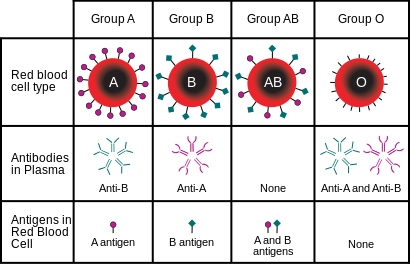
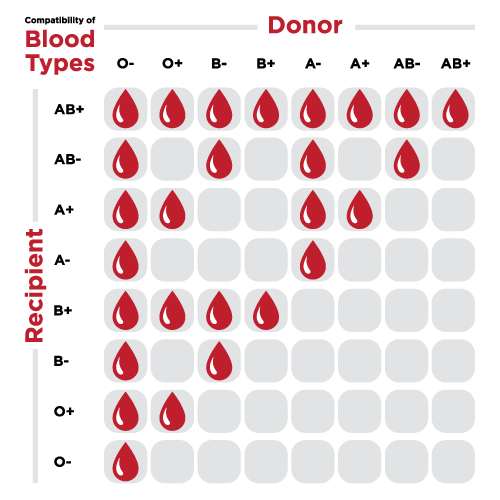
Population and the different types of blood
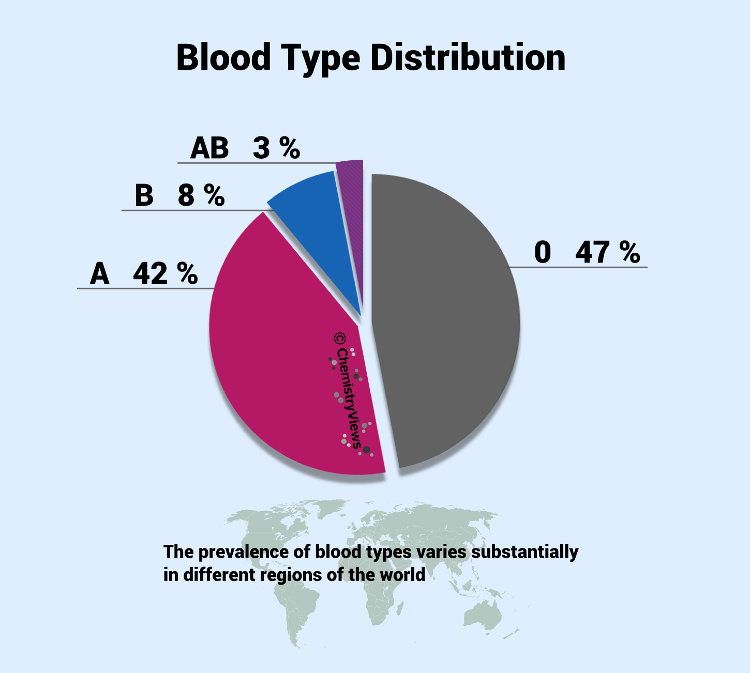
CardioVascular Diseases: Readings p.322
Stroke, Heart Attack and Aneurysm

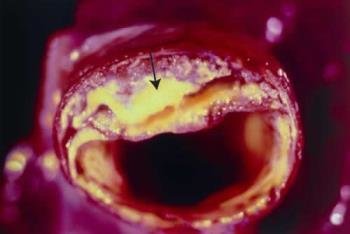
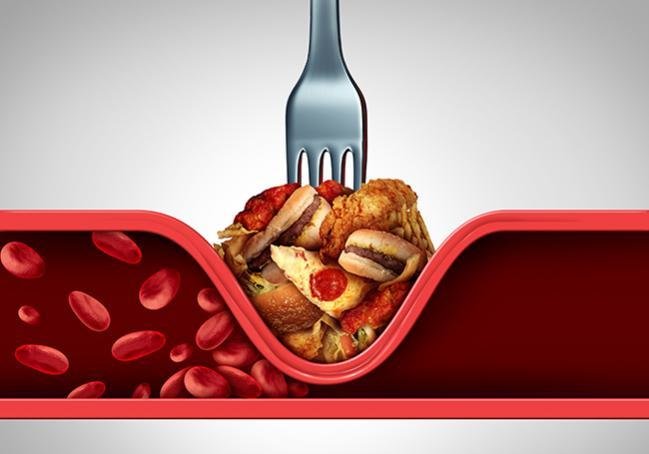
Sommeil (Sleep)
Activité physique
Nutrition
Tête (Mental health)
Écran (Screen)






Advices from a pediatric cardiologist
The Wall-e lifestyle: sedentary, fast-food,
screen-obsessed, anxiety driven pop.,
lack of sleep.
EXERCICE - it is the ''Drano'' of your plumbing. It pushes the blood forward faster therefore cleaning the arteries of the accumulated fats - our arterial pressure will lower.
Sitting = pressure goes up because it's harder to pump.
Hunter-gatherer genome: work for their food
PEOPLE WHO HAVE A LOWER HEART PRESSURE LIVE LONGER.

Want to know more about your heart's health... On your next doctor's appointment
Ask for a blood test!
Ask for your cholesterol level, blood sugar level (after fasting) and blood pressure (systolic and diastolic)
Enter your scores on the following website
Continued...
Our relationship with nutrition is very unhealthy.
Nutrition too easily available. (before, during and after school, treats for everything).
Obesity is a very recent problem (and our addiction to sugar is one of the major issue) causing the aging of our blood vessels.
THE GOOD NEWS - IT IS REVERSIBLE!
The healthiest and most studied diet is the mediteranean diet. Longest longevity.
Exercice = 60 mins per day for children
30 mins per day for adults (must sweat to be considered an exercice)


Last but not least
-
Find an app that measures your screen time
-
Find an app that measures your sedentary time, go unplug those blood vessels!
-
Shut down your phone 1h before bed time
-
TV is worse than internet - adds tricking your brain into eating.
-
Start being aware of your stress eating
-
Lower the sugar intake (no fruit juices or pops)
-
Be conscientious of WHY you are eating (bored, sad, anxious)
-
Sitting is the new smoking - bus drivers in London
-
Once you are legal - one glass of red wine helps! But you should have 0 alcohol for 3 days a week.
Pets reduces the amount of cardiovascular diseases...nobody knows why...
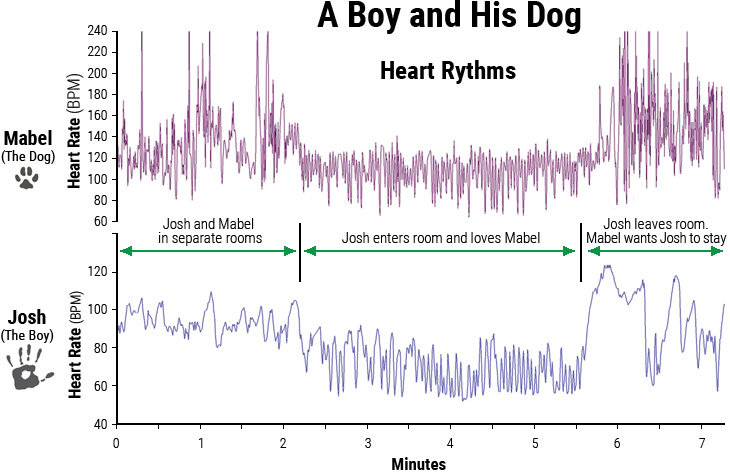
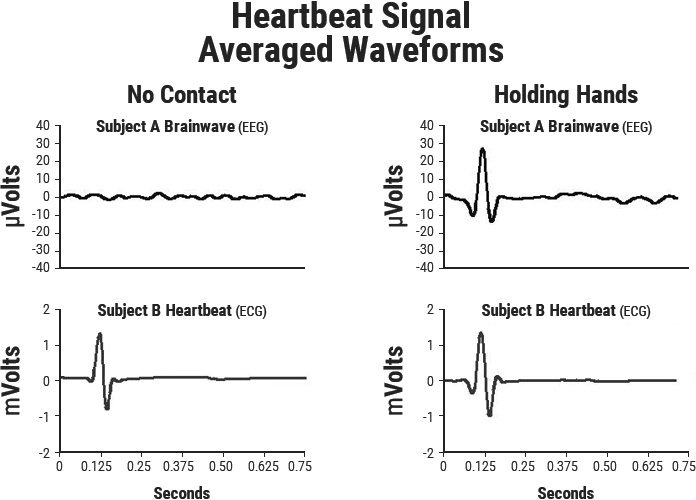
It will forever stay a mystery
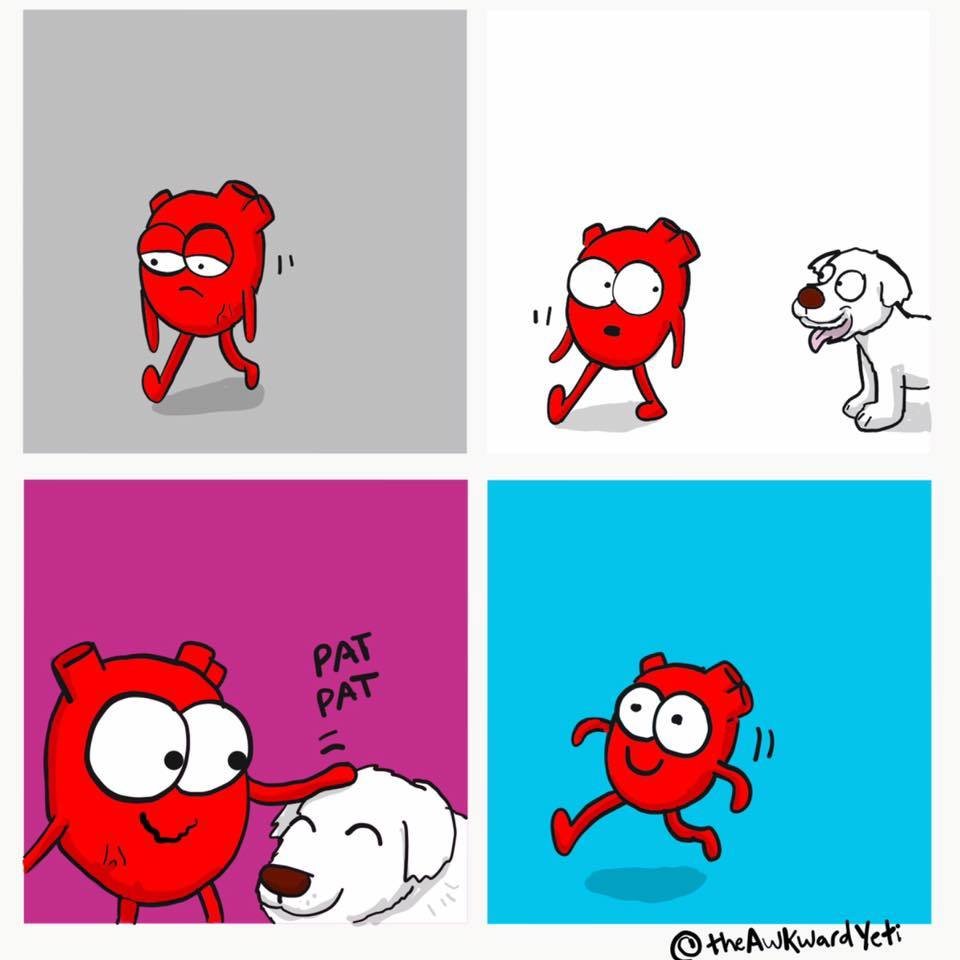
Title Text
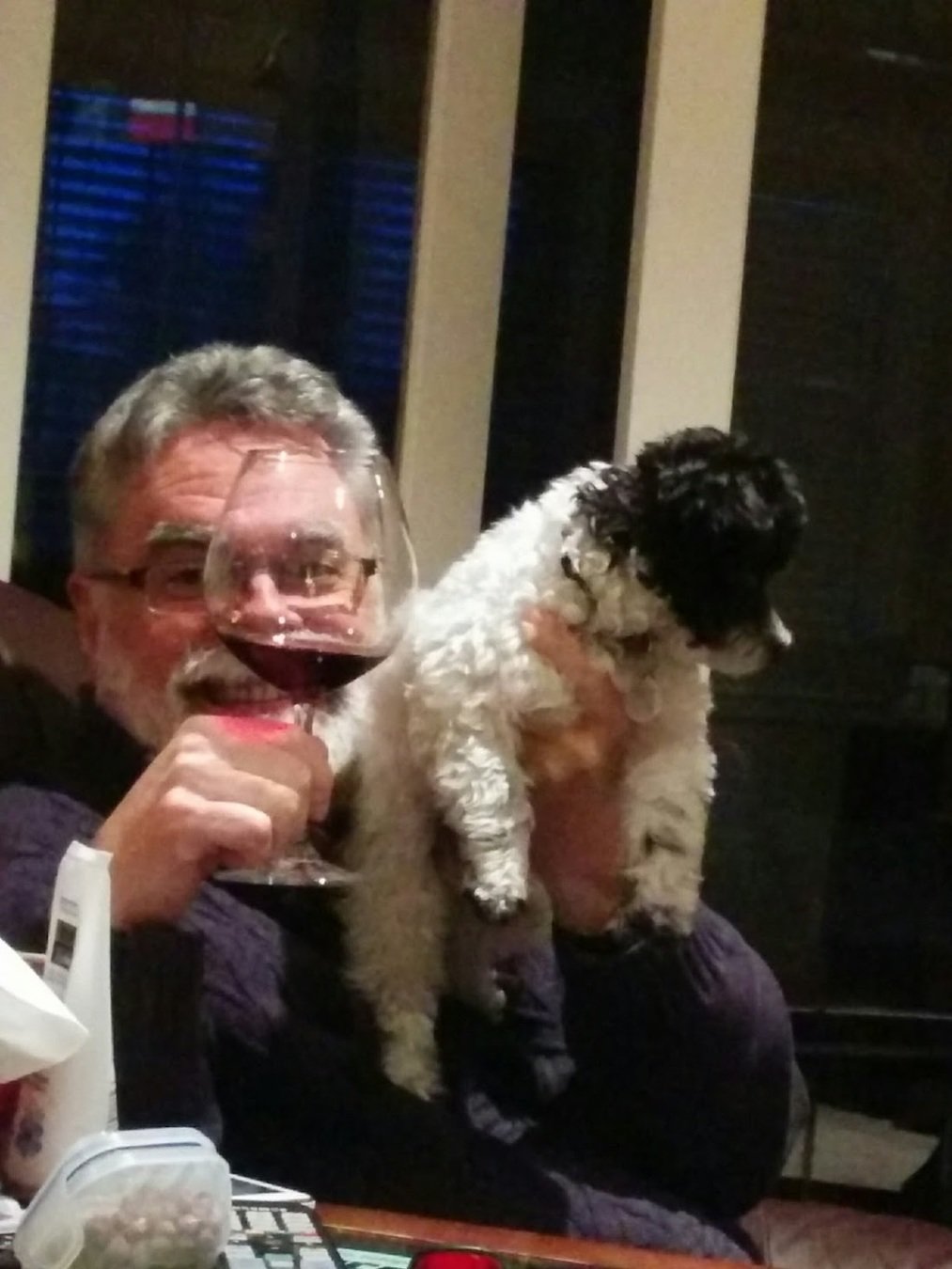




TheCardioSystem
By Amélie Bigras
TheCardioSystem
Biology 12 - The cardiovascular system The blood vessels The anatomy of the heart The heartbeat The blood composition The different diseases Health advices
- 1,647